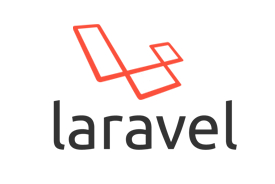SOFTWARE DEVELOPMENT PROCESS WITH ARTIFICIAL INTELLIGENCE
Creating a software involves several crucial steps to ensure its success. Here the process VEX AI follows:

1 – Identifying the Need
Research and understand the market and user needs. What problem will your software solve?

2 – Competitive Research
Analyze your competitors to understand how they address similar problems and what you can do differently or better.

3 – Project Planning
Create a detailed plan that includes milestones, deadlines, and resource allocation. This will help keep the project on track.

4 – Product Design
Design the architecture and user interface. Ensure that the design is intuitive and appealing.

5 – Software Development
Code the software following best development practices. Conduct unit and integration testing to ensure code quality.

6 – Testing
Conduct comprehensive testing, including functionality, performance, and security testing. Identify and correct any errors.

7 – Documentation
Create clear documentation for users and developers. This facilitates implementation and technical support.

8 – Launch
Plan and execute the product launch. You can opt for a full or staged rollout, depending on the strategy.

9 – Gathering Feedback
Collect user feedback post-launch. Use this feedback to make improvements and updates.

10 – Continuous Support
Provide ongoing technical support. This is crucial for maintaining customer satisfaction and addressing unexpected issues.

11 – Updates and Improvements
Plan regular updates to add new features, enhance performance, and address security issues.

12 – Marketing and Promotion
Develop marketing strategies to promote your product. Utilize online and offline channels based on your target audience.

13 – Monitoring and Analytics
Implement monitoring tools to track software performance and usage. Use analytical data to make informed decisions.

14 – Continuous Adaptation
Stay attentive to market trends and changing user needs. Adapt your product accordingly.

15 – Definir Objetivos y Alcance
Recuerda que la creación de software es un proceso iterativo. La retroalimentación y la adaptación continua son esenciales para el éxito a largo plazo.










































































